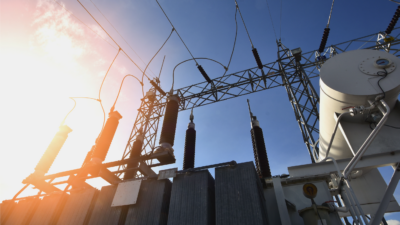This recent technology stands alone among capacitors with its low losses, high frequency range, high Q, low DF and other appealing characteristics.
This article is part of The engineer’s complete guide to capacitors. If you’re unsure of what type of capacitor is best for your circuit, read How to choose the right capacitor for any application.
What is a multi-layer organic (MLO) capacitor?
Multilayer organic (MLO) capacitors are polymer-based capacitors that use high-conductivity interconnects in a multi-layer fashion. They are constructed like multilayer ceramic chip (MLCC) capacitors. As for the name, in chemistry a material is classified as organic if it contains at least one carbon atom, regardless of its source.

MLO capacitor technology is relatively new, as Kyocera AVX debuted the MLO capacitor in 2012. The MLO capacitor is a microwave device and satisfies a niche market.
“These new capacitors represent a paradigm shift from traditional ceramic and thin film passive SMD components,” writes Kyocera AVX in a general information sheet on its patented technology.
How MLO capacitors work
MLO capacitors exhibit low losses over a wide frequency range, and therefore have a high quality factor (Q) and a low dissipation factor (DF). They have a low equivalent series resistance (ESR), a high series resonant frequency (SRF), a tight tolerance, and they possess an extremely low dielectric absorption (on the order of 0.0015%). These devices can operate at microwave (GHz) frequencies.
The capacitance of MLO capacitors ranges from 0.1 to 2.5 pF ± 0.02 pF with voltages ratings from 50 to 500 VDC. They are available in a 0603-case size with a 100% tin finish. MLO capacitors features stable NP0 characteristics and an operating temperature range of -55 °C to +125 °C. MLO capacitors are expansion matched to FR4 printed circuit board material for improved reliability.
Applications of multilayer organic capacitors
Target applications for MLO capacitors include RF power amplifiers, low-noise amplifiers, filter networks, magnetic resonance imaging (MRI) systems, satellites, GPS systems, military and commercial radar, and instrumentation.
Their low dielectric absorption (DA) makes MLO capacitors ideal for sample and hold (S/H) circuits.
Alternatives to MLO capacitors
MLO capacitor technology is new and unique, and at present there are very few other comparable options.



